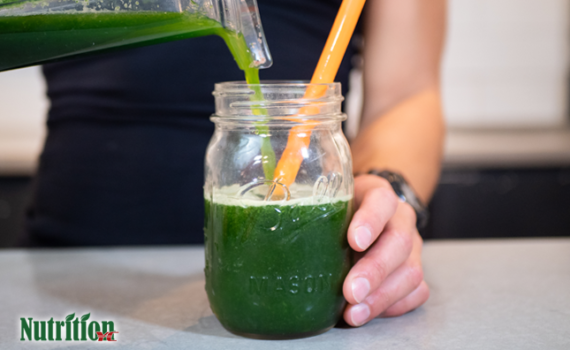
Relative Energy Deficiency in Sport (RED-S)
Category:energy deficiency,fuel,nutrition,performance,self-careOver the past few weeks, we have covered some of the basics of fueling in our discussion of macronutrients and micronutrients, as well as a deep dive into carbohydrates. Our hope is that the Yancy Camp Nutrition audience is well informed on the science behind the delicious food that fuels your workouts. This week’s topic is such an important topic and we hope you take the time to read it, even if you think it may not apply to you – it’s an important one!
Relative Energy Deficit in Sport (RED-S) was first introduced in 2014 by the IOC (International Olympic Committee), and an update was published in 2018 (Mountjoy et al, 2018). The IOC published a consensus statement titled “Beyond the Female Athlete Triad: Relative Energy Deficiency in Sport (RED-S).” This was an important update for healthcare professionals working with active individuals and the information continues to inform the work that we do on a daily basis – let’s break it down a little for you.
RED-S refers to the body’s impaired functioning caused by inadequate energy intake relative to the amount of fuel needed to perform normal body functioning, plus that required for physical activity. Just being alive, walking around, digesting your food, breathing, and daily body functioning requires fuel (even when you have a chill day, all day). This equates to resting metabolic rate (RMR). Additional fuel is needed for exercise. The fuel you eat needs to cover all of the energy demands of both. Your energy availability (EA) is the number you get when you subtract the energy that is needed to cover all physiological demands from that which you eat, and divide it by your lean mass. You don’t actually need to do this calculation (your Sports Dietitian will help you with that – it’s a pretty involved calculation), but it’s important to understand the concept of EA. When an athlete falls too far below a certain level of EA, the body responds by slowing down and preserving. It slows down the metabolic rate, it shuts down non-essential functioning (menstrual cycles), and more, such as bone health, immunity, protein synthesis and cardiovascular health.
In practice, I often work with female athletes that have lost their menstrual function for a portion of their lives, or were delayed in starting their periods. Often, these women may have been told – “its normal, you’re an athlete.” My response to this is – “it’s common but not normal.” Any time our body is delaying or shutting down a physiological function, it’s sending a signal that something is off. Losing menstrual function is just one sign of RED-S, and for men, it’s not a sign they can rely on. Therefore, it’s important to be aware of signs and symptoms.
Many of the athletes that I’ve worked with fall into RED-S unintentionally. The energy demands for their sport are very high, and hunger cues are blunted with high volumes and intensities of activity, making it difficult to keep up with caloric demands. Another risk factor is dieting or restricting intake to meet body composition or weight goals. It’s important to know that even a short time of restriction while energy demand remains high, can negatively impact hormones that can ultimately affect bone health.
There are various signs and symptoms that I will assess when working with athletes in order to identify the potential for RED-S. Some athletes that I work with struggle with feeling fatigued, or are unable to feel recovered no matter how much sleep they get or recovery work that they do. Some struggle with sleep disturbances, or gastrointestinal (stomach) issues such as irritable bowel syndrome, constipation or diarrhea. Others fight illness or injuries, such as bone stress injuries. Others struggle with adapting to their workouts and seeing performance improvements that they expect to see based on their written workout, and some can’t make changes to their body composition. They may have an eating disorder or disordered eating, making meeting calorie demands very stressful. As a Sports Dietitian, these are all things that need to be assessed to identify potential RED-S, and ultimately find ways to heal the metabolic rate and other affected physiological functions. If RED-S is suspected, we work closely with physicians who can assist with diagnostic testing, such as lab work.
If you think you may be at risk for RED-S, we recommend working with a Sports Dietitian or other licensed medical professional to work to heal and reach improved performance. If you’re unsure if you are at risk, but have a feeling you may be under-fueling, but aren’t sure what to change, please reach out to a qualified Sports Dietitian who can assess your intake in relation to your expenditure and then help come up with a plan that works individually for you! It’s important not to ignore the signs from your body. If left untreated for even short periods of time, the consequences of RED-S on health and performance can add up to long term issues.
